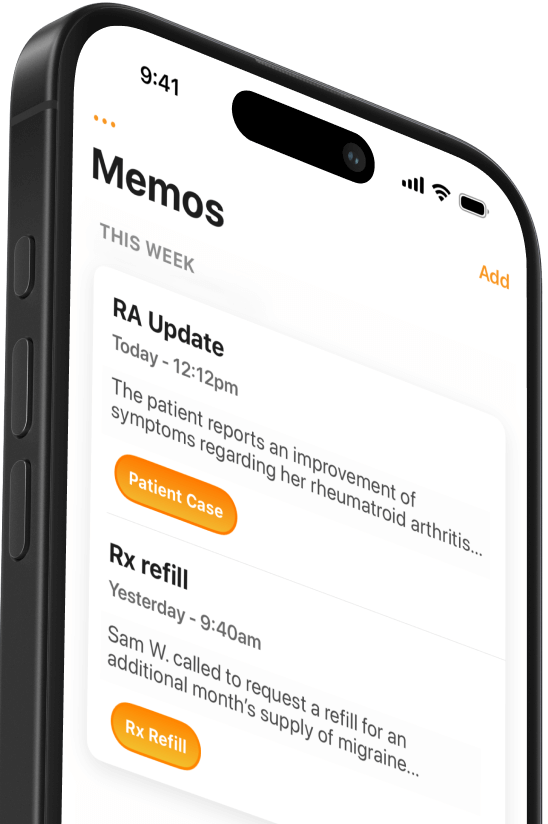Using Google’s machine intelligence to detect diabetic retinopathy
Google's new deep learning algorithm detects diabetic retinopathy with 90% accuracy, potentially improving screening rates for those at risk of blindness.


Popular articles
A team of Google researchers recently developed a deep learning algorithm that can detect diabetic retinopathy with better than 90 percent accuracy. The project is part of a wider effort to detect diseases and illness using machine intelligence, exemplifying the power of new technology developments when applied to medicine.
Diabetic retinopathy is a condition that causes progressive damage to the retina - the light-sensitive lining at the back of the eye. While the condition only affects vision at more advanced stages, it is the leading cause of blindness among American adults. For the 285 people with diabetes worldwide, about one-third have signs of diabetic retinopathy, and one third of those are at risk of blindness.
Early diagnosis and timely treatment of diabetic retinopathy reduce the risk of vision loss. But according to the CDC, an estimated 50 percent of patients are not getting their eyes examined or are diagnosed too late for treatment to be effective. This is where Google’s machine intelligence can help.
The hope is that Google’s technology - the same type that identifies faces in photos - could help screen more people for diabetic retinopathy. In many places, doctors are already using photos to diagnose the condition without seeing patients in person. Automating that process could improve screening rates, especially in countries with limited access to healthcare.
The key technology development is deep learning, which involves training a computer to recognize complex patterns by feeding large amounts of data through successive networks of artificial neurons. Deep learning is a distinct area of artificial intelligence that has advanced significantly in the last few years.
The most famous platform using deep learning is IBM’s Watson, the computer that beat out experts on the TV quiz show Jeopardy! in 2011. Watson didn’t originally involve deep learning - it began as a system using natural language understanding applied to statistical analysis of unstructured data. Deep learning was added to make Watson smarter and expand its range of commercial and research applications.
As with Watson, deep learning is now at the forefront of machine intelligence, with systems from tech giants like Google, Facebook, and IBM being applied to a range of problems. As Google explains, the technologies that make good search engines, or learn to detect objects in a photo, can also contribute to medicine: “Machine Intelligence at Google raises deep scientific and engineering challenges, allowing us to contribute to the broader academic research community through technical talks and publications in major conferences and journals.”
Google researchers used deep learning to train their system to screen like an ophthalmologist - taking a photo of a retina and identifying signs of diabetic retinopathy. Their recent study, published in the Journal of the American Medical Association last month, began with groups of doctors in the US and India who identified mini-aneurysms, hemorrhages, and other issues that indicate patients at risk for blindness. The team then fed about 128,000 of these images into their neural network, which learned to make similar identifications.
As Wired reports, Google’s system ultimately identified the condition slightly more consistently than the group of doctors. It avoided both false negatives and positives more than 90 percent of the time, exceeding the NIH’s recommended standard of 80 percent accuracy for diabetic retinopathy screens.
Of course, there are limits to machine intelligence. As MobiHealthNews points out, “the algorithm is very good at what it was trained to do, but that's a long way from standing in as a replacement for a specialist.” But this new application could help close the gap between the prevalence of diabetic retinopathy and the number of people getting comprehensive eye exams.
Related Articles


We Get Doctors Home on Time.
Contact us
We proudly offer enterprise-ready solutions for large clinical practices and hospitals.
Whether you’re looking for a universal dictation platform or want to improve the documentation efficiency of your workforce, we’re here to help.


